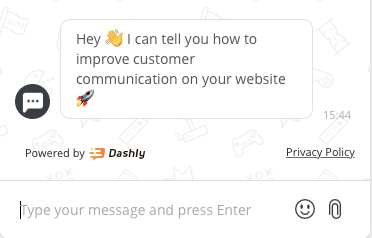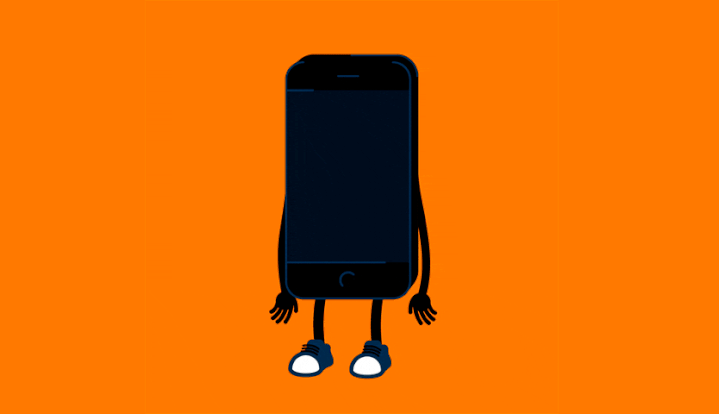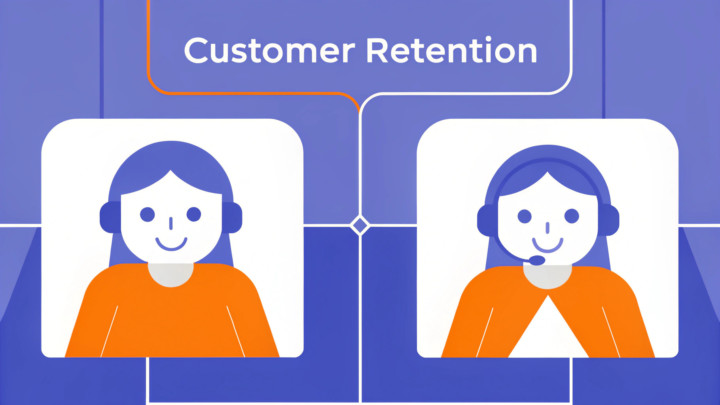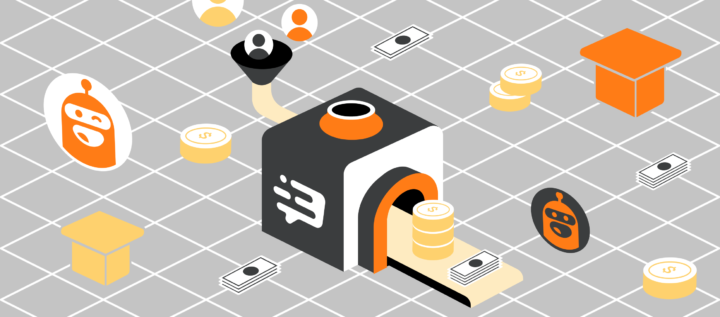Why customer engagement is better than a “reply only”?

Recently I bought a ticket to San Francisco, but suddenly my plans changed, and I had to cancel it. I wrote to the company’s live chat two days before the departure and received an answer… the day after my plane left, and they wanted me to write them an email. Like, seriously?
Well, let’s try to be objective. Cases like this are common, especially during the current situation with Coronavirus when many companies (especially airlines) receive more requests than they can reply to. However, you wouldn’t like to be one of those who lose their clients because of poor support, would you?
80% of consumers say that their loyalty to a company depends on its response speed. So, when your business is growing, and you start receiving more and more messages, enhancing your communication tools sounds like a good idea
Why basic live chat does not help you to scale?
It is not proactive
68% of customers say that proactivity in live chat improves their perception of a brand. While basic live chats are helpful in answering clients’ questions, they don’t actually engage your customers in a conversation.
When done properly, proactive chat can be more effective than reactive chat at catching leads because with proactive chat you’re taking the initiative to engage with a potential customer.
Josh Brown, Marketing Manager, Helpjuice
Proactive chat let’s you establish a dialogue between a potential customer by empowering your agents to take the initiative to start the conversation. Agents can then lead customers down the right path based off of browsing history of the particular website they are on.
No self-service
Basic live chats work only when agents are there to handle the requests. Unless your customer support is available 24/7, there is a time when your basic live chat is no help for your clients.
It’s available only on your website
According to recent studies, nearly 70% of people prefer to share information with friends via messengers instead of on social media. This way of communication became a habit: unlike phoning, you don’t need to wait for the reply, just close the messenger and wait for notification. But basic live chat doesn’t work this way when people close the chat they usually don’t expect any further communication. And it’s almost impossible to make them back.
What’s next?
The main thing I want you to know is that a live chat itself cannot be the only instrument for communication with users. Conversational marketing and engagement allow you to take a huge step ahead of your competitors. This makes it possible to give people what they actually need before they start asking you questions. Engagement across the entire customer journey is better both for you and your customers.
More than that: live chat can’t make your communications personalized. However, it’s crucially important. According to stats, depersonalized content may stop from making a purchase 66% of consumers, while 42% of consumers claimed that they feel annoyed when a brand sends them depersonalized content.
And the last point: people are fond of great content. 84% of consumers said that the experience provided by a company is as important for them as its product. The quality of content you deliver to your customer impact your future success. But through basic live chat, you can’t provide any worthy experience, except replying or requests and questions.
Engagement is better than reply-only
Remember any party you were at. Who is more likely to be involved in a conversation: people who are just standing in the corner and waiting for others to approach them, or the ones that make the first move?
The same is about live chat. Make the first move to start talking to your customers, using new tools. It’s more effective to send a proactive message to everyone who is interested in your product than to wait for them to ask questions in the chat.
Also, by proactive chat, you remind your customers that they have this channel to contact you. about the ability to write to you in case they face some problem. That could probably help them to find a way to contact the company when they really come up with any questions.
Let’s compare two cases:
– Hello! I want to cancel my flight to San Francisco due to the unstable global situation.
– Thank you for your message. There are no agents available now, we will come back to you as soon as possible.
And
– Hello! I want to cancel my flight to San Francisco due to the unstable global situation.
*redirect to the department*
– Hello! My name is Rodrigo. Do you want to cancel your flight? May I know your reservation code to make a refund?
How to make it work?
First, put your customer engagement live chats on the high-intent pages. Usually, this is a pricing page, product page, and registration page. You can catch your customers and prospects here and try to engage them in the conversation. Connect chatbot to your live chat and send a proactive message to your visitors.
You may use different messages on different pages to start the conversation. For example:
The second thing is personalization. Personalize the first message to a visitor according to their interests. Personalize the content you send them to increase engagement. Make your live chat really alive and helpful. Like here:

The shift from basic live chat to conversational marketing is not just a small change in a landing page and adding a chat on it. It’s a part of your strategy that will help you to boost conversion rates and sales. Dashly will help you to communicate with your consumers and turn them into friends. And remember: we are always here to help 🙂
Read also:
⭐ Build an Effective Sales Funnel Email Sequence in 2025 [11 Success Stories]
⭐ Is Your Sales Funnel Leaking? 6 Strategies to Fix It Fast







